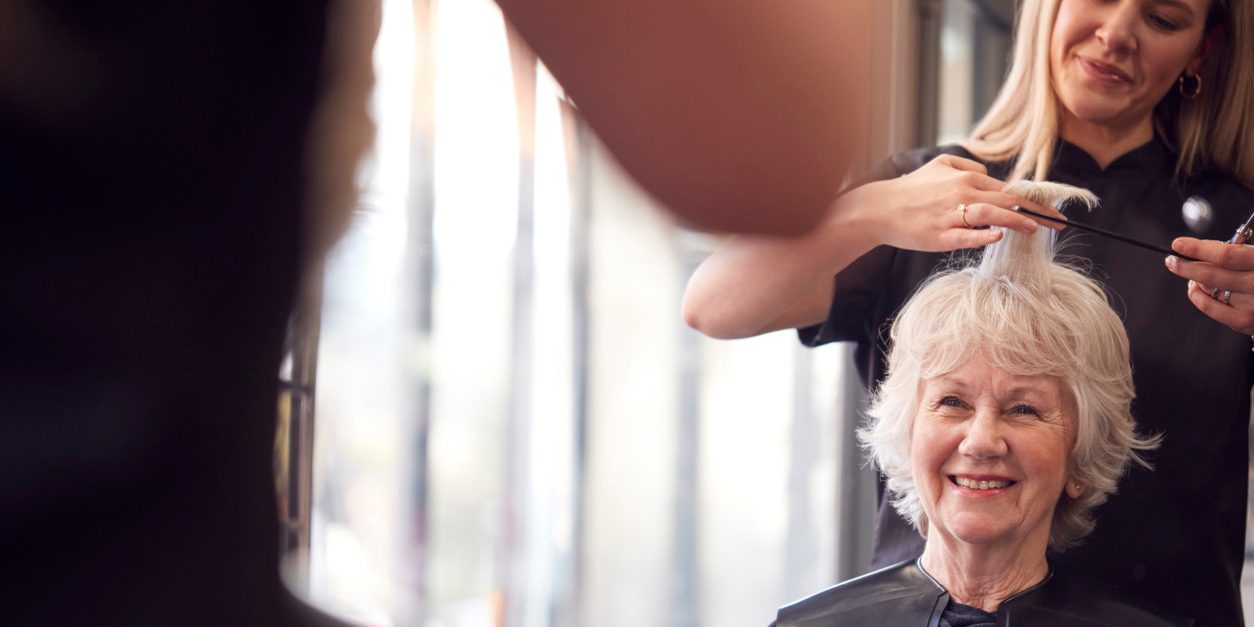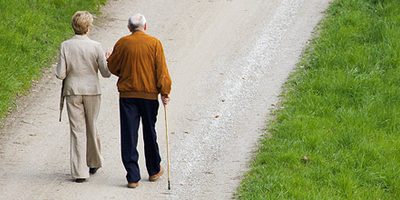
Can your hairdresser improve more than your hair?
An innovative new study by George Institute researchers is looking to make the ‘healthiest’ use of the time Australian women spend at the hairdressers. Hairdressing is one of the most common paid services used by women across the country, so salons present an opportunity to reach a large proportion of the female population. The ‘Hairdressers for Health’ study will use this setting to give women a gentle ‘nudge’ along with their cut and blow dry and encourage them to visit their GP for relevant health checks.
“Women are often too busy looking after everyone else in the family to prioritise their own health, but getting their hair done is often one of the few things they will do for themselves. It’s important to try and better engage women on health issues, potentially in places beyond traditional health care settings. We want to see how effective promoting women’s health outside traditional health care settings can be, using hairdressing salons across New South Wales,” says project manager Kellie Nallaiah.
Women’s health: low priority?
Australian women have high rates of modifiable risk factors for chronic disease including 60 percent being overweight or obese, and 20 percent having high blood pressure that is not being properly managed. Unfortunately, there are many barriers preventing women from visiting their GP to discuss their health. These range from social, cultural, economic to various other factors.
Dr Jennifer Barraclough, Research Fellow at The George Institute and project co-lead, says much more needs to be done to help women prioritise their own health.
“It is well known that women tend to put themselves last on the list, often not prioritising their own needs and health. Changing culture in our society towards greater equality will help drive change in women’s health and education and more research involving women will assist this - both of which this study provides.”
Data shows that just over half of Australian women aged 50 years and above visit a hairdresser over a four-week period. By leveraging this trusted and non-confrontational environment to deliver a positive intervention, the project will assess whether non-traditional health influencers can deliver positive health outcomes for women.
How it works
The study will enrol 3,240 women, initially over a 12-month period, across greater Sydney and some regional areas of New South Wales. It is inspired by a 2018 project conducted in Los Angeles, United States, in which barbers encouraged meetings in barbershops between customers and specially-trained pharmacists. This community-led trial resulted in much larger reductions in blood pressure in those who met with the pharmacist than those who didn’t. The positive results from this trial has prompted researchers to expand this model to other countries and larger populations.
Replicating this model in Australia could help us learn how non-medical influencers could be employed to deliver health promotion messages among certain groups of people. The trial is in its final stages of development with recruitment starting before the end of 2021.
Women’s Health Week
September 6-12 marks Women’s Health Week in Australia, which is dedicated to encouraging women to prioritise their own health by making appointments for health checks and taking other steps to prevent illness. Kellie Nallaiah underlines the significance of this work against the backdrop of this calendar week.
“Women have a strong tendency to put themselves last. Women’s Health Week shines a light on women and what’s really important to them. We believe our study represents a novel and much needed non-traditional way of engaging with women that will lead to better health outcomes,” she says.





